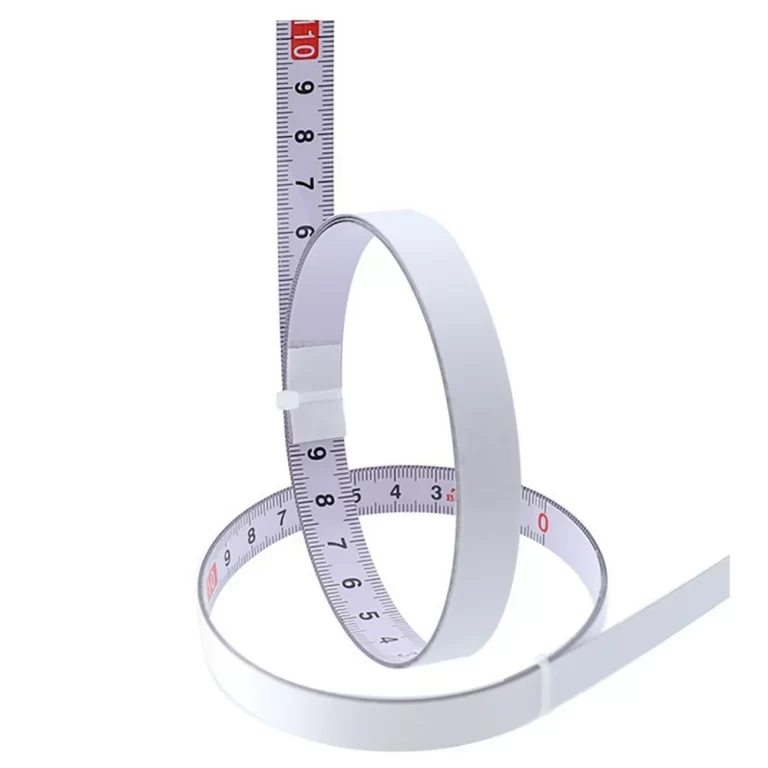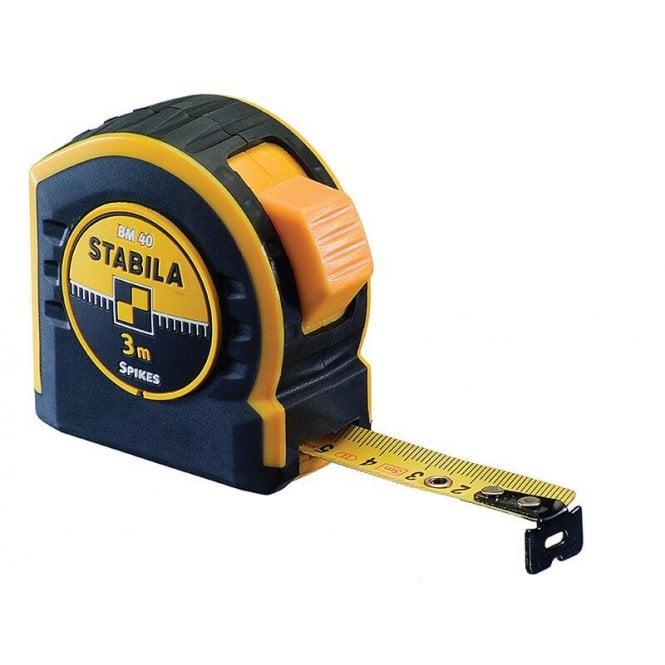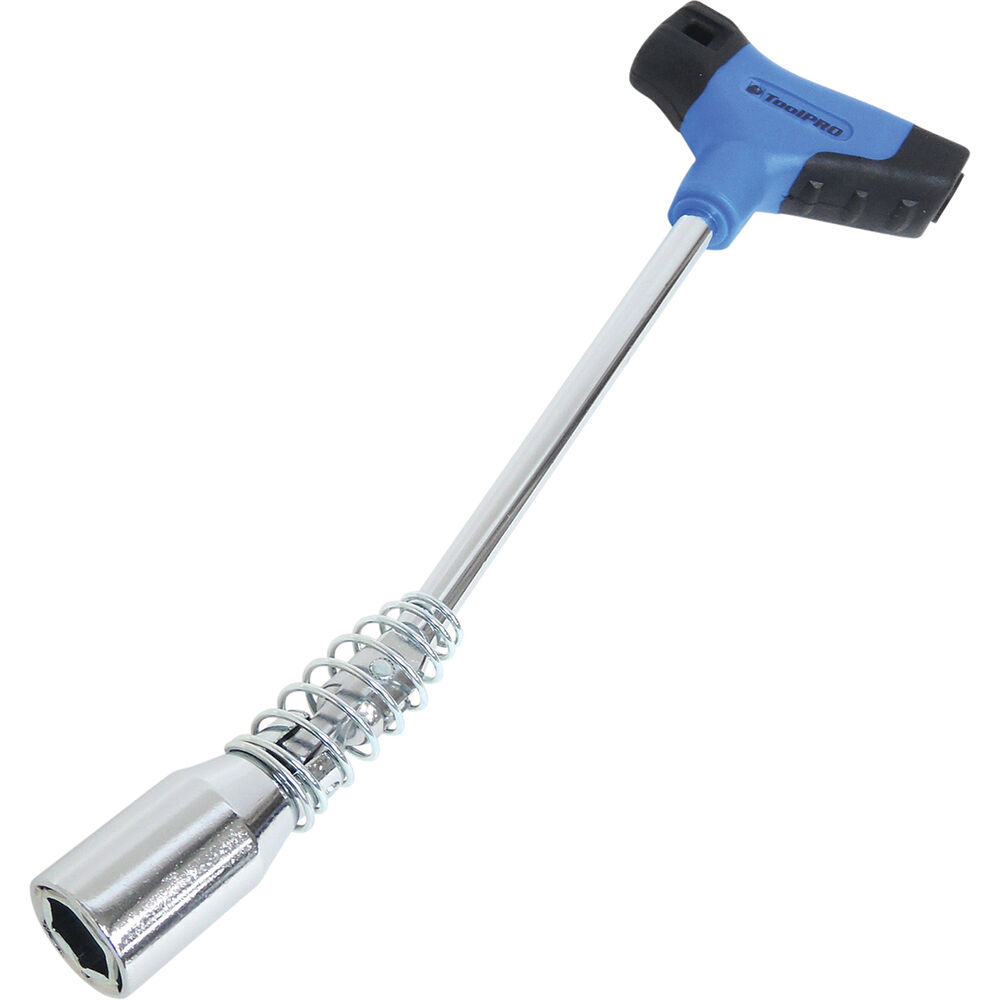
Spark Plug Wrench: How to Use and Maintain Automotive Tool
What is a Spark Plug Wrench?
A spark plug wrench is a specialized tool. It is designed for loosening and tightening spark plugs. Spark plugs are essential components in petrol or gas engines. They ignite the fuel-air mixture in the combustion chamber.
This wrench often comes with a socket at the end. The socket fits around the spark plug for a secure grip. It also protects the spark plug from damage during removal or installation.
Spark plug wrenches are available in various designs. Some have T-handles or ratchets for better control. Others are magnetic or have rubber grips inside the socket. These features make the tool more efficient and user-friendly.
Using the right wrench ensures spark plug maintenance is quick and hassle-free. It also helps prevent damage to the engine or spark plugs.
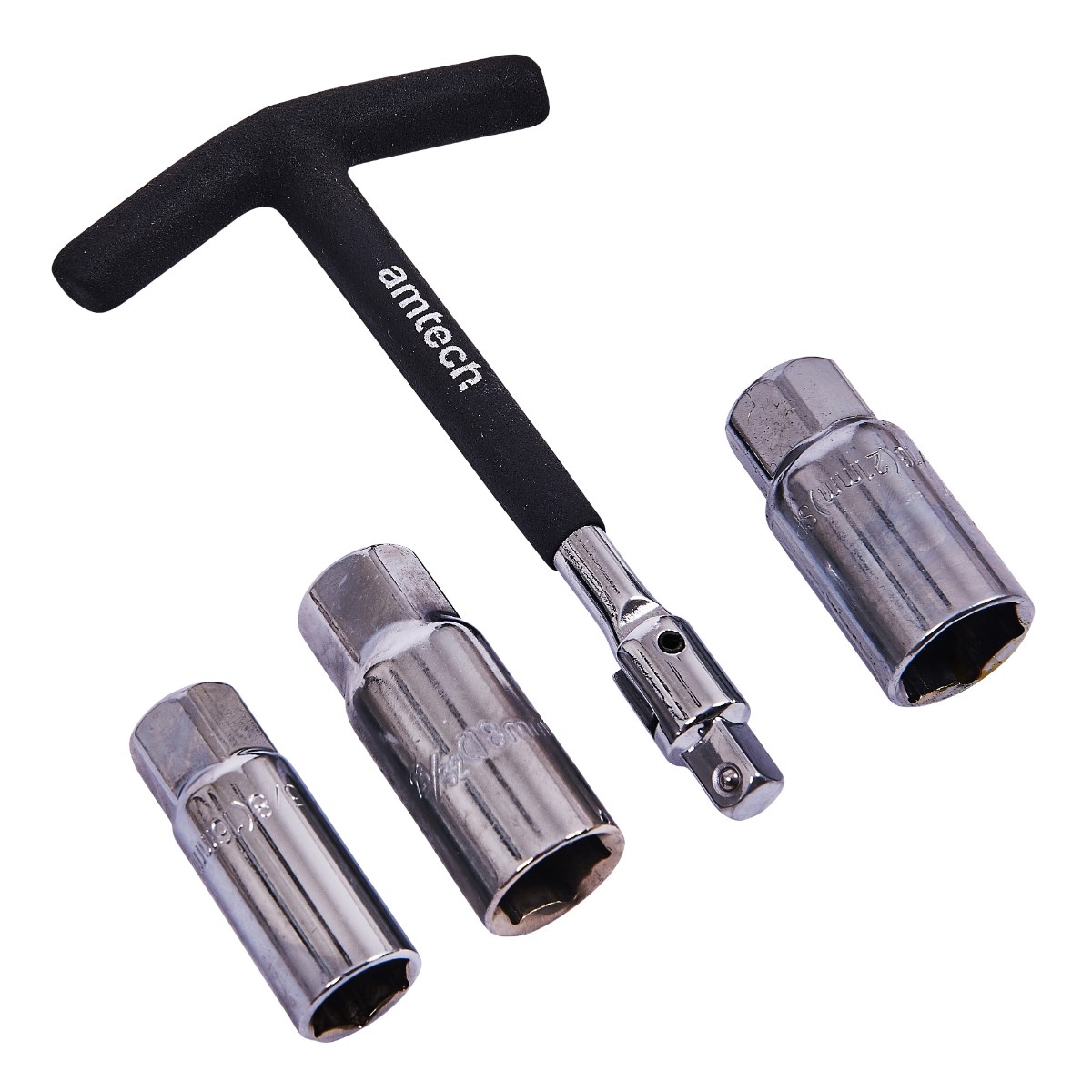 Types of Spark Plug Wrenches
Types of Spark Plug Wrenches
Spark plug wrenches come in various designs to suit different needs. Choosing the right type ensures effective and safe spark plug maintenance. Here are the main types explained:
1. Socket Spark Plug Wrench
This is the most common type. It has a deep socket that grips the spark plug securely. Often, it includes a rubber or magnetic insert to hold the plug in place. These features make removal and installation simple and safe.
2. T-Handle Spark Plug Wrench
The T-handle design offers better grip and control. The handle provides extra leverage, especially for tight spaces or hard-to-reach areas. It is a preferred choice for mechanics working on motorcycles or small vehicles.
3. Ratcheting Spark Plug Wrench
This type includes a ratchet mechanism. It allows you to turn the wrench without repositioning it. It saves time and effort. This design is especially useful in compact engine compartments.
4. Magnetic Spark Plug Wrench
Magnetic wrenches have a magnet inside the socket. This holds the spark plug firmly while you work. It reduces the chance of dropping or damaging the spark plug during removal or installation.
5. Universal Joint Spark Plug Wrench
This wrench includes a flexible joint for greater maneuverability. It is ideal for engines with awkward or angled placement of spark plugs. The joint allows easier access in tight or tricky areas.
6. Adjustable Spark Plug Wrench
An adjustable wrench fits multiple spark plug sizes. While versatile, it may not provide as snug a fit as dedicated socket wrenches. Proper care is needed to avoid slipping or damaging the spark plug.
Understanding these types makes it easier to choose the right tool for your vehicle. Always match the wrench to your specific needs and spark plug size for the best results.
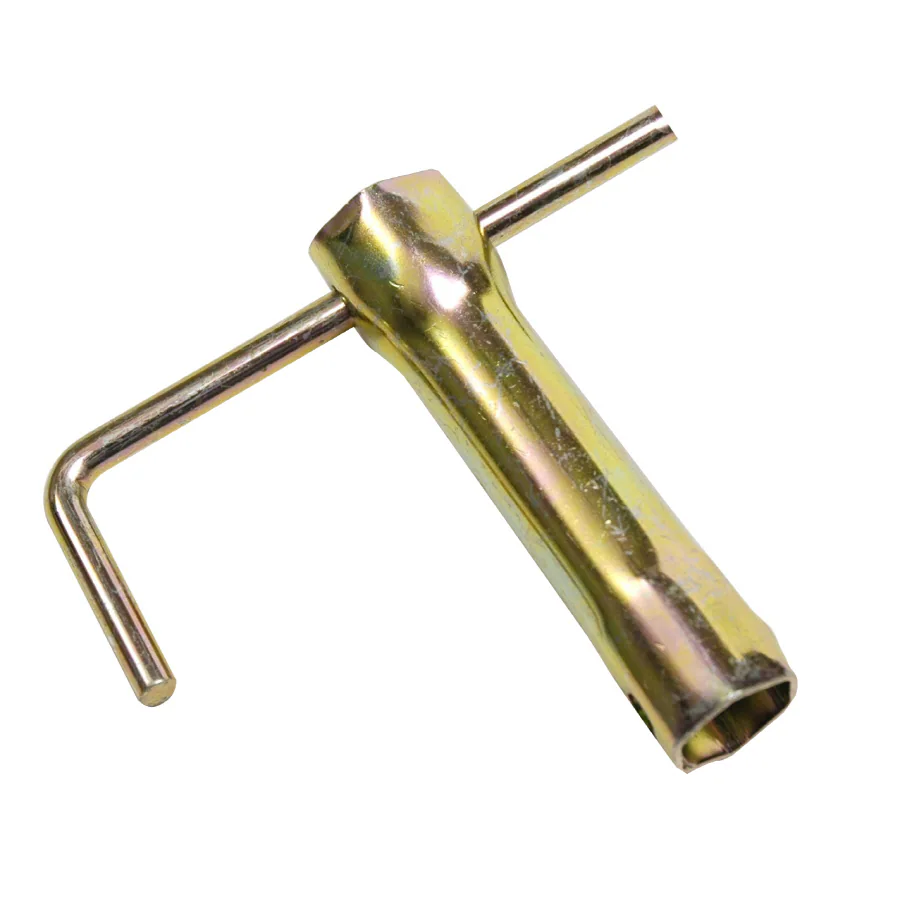 Factors to Consider
Factors to Consider
Selecting the right spark plug wrench is essential for efficient vehicle maintenance. There are several factors to keep in mind to ensure you pick the best tool for the job. Let’s explore these important considerations:
1. Compatibility with Spark Plug Size
Ensure the wrench fits the size of your vehicle’s spark plugs. Spark plugs come in different sizes, and using an incompatible wrench can cause damage or inefficiency.
2. Type of Spark Plug Wrench
Choose the type of wrench that suits your needs. Consider factors like ease of use, durability, and design features. For example, a T-handle wrench offers better control, while a magnetic wrench prevents dropping spark plugs.
3. Engine Accessibility
Assess the accessibility of the engine compartments. Some engines have tight or awkward spaces that require specialized wrenches, such as universal joint or ratcheting designs for better maneuverability.
4. Material and Build Quality
Look for wrenches made of durable materials like steel. High-quality tools resist wear and ensure long-term reliability. Rubber or ergonomic handles add comfort during extended use.
5. Budget and Brand
Consider your budget and the reputation of the brand. While affordable options exist, trusted brands often provide superior quality and performance.
6. Additional Features
Extra features like magnetic inserts, rubber grips, or adjustable sizes enhance the wrench’s efficiency. Pick features based on your specific requirements for spark plug maintenance.
7. Frequency of Use
For occasional use, basic wrenches might suffice. Regular users should prioritize durability and advanced features for easier maintenance.
Taking all these factors into account helps ensure you select the right spark plug wrench for your vehicle. The proper wrench not only simplifies the process but also prevents damage to your spark plugs and engine.
Step-by-Step Guide
Follow these steps to properly use a spark plug wrench. Using the tool correctly ensures efficient maintenance and prevents damage.
1. Gather Your Tools
Have your spark plug wrench and other necessary tools ready. Check for any required adapters.
2. Prepare Your Vehicle
Turn off the engine. Ensure it cools down to avoid burns while working.
3. Locate the Spark Plugs
Refer to the vehicle’s manual to locate the spark plugs. Open the hood for easy access.
4. Clean the Area Around Spark Plugs
Remove dirt and debris near the spark plugs. This prevents contaminants from entering the engine.
5. Select the Correct Wrench
Choose a spark plug wrench that fits the size and type of your spark plugs.
6. Loosen the Spark Plugs
Position the wrench over the spark plug. Turn it counterclockwise to loosen and remove the plug.
7. Inspect the Spark Plug
Check the removed spark plug for wear or damage. Replace it if necessary.
8. Install the New Spark Plug
Place the new spark plug into the socket. Tighten it by turning the wrench clockwise.
9. Avoid Over-Tightening
Ensure the spark plug is snug but not overly tight. Over-tightening can cause damage.
10. Repeat for Other Plugs
Follow the same steps for all spark plugs in the engine.
11. Test the Engine
Start the engine to check if it runs smoothly. Ensure the spark plugs are correctly installed.
Properly using a spark plug wrench makes vehicle maintenance simple and effective. Always handle the spark plugs gently to avoid breaking or damaging them.
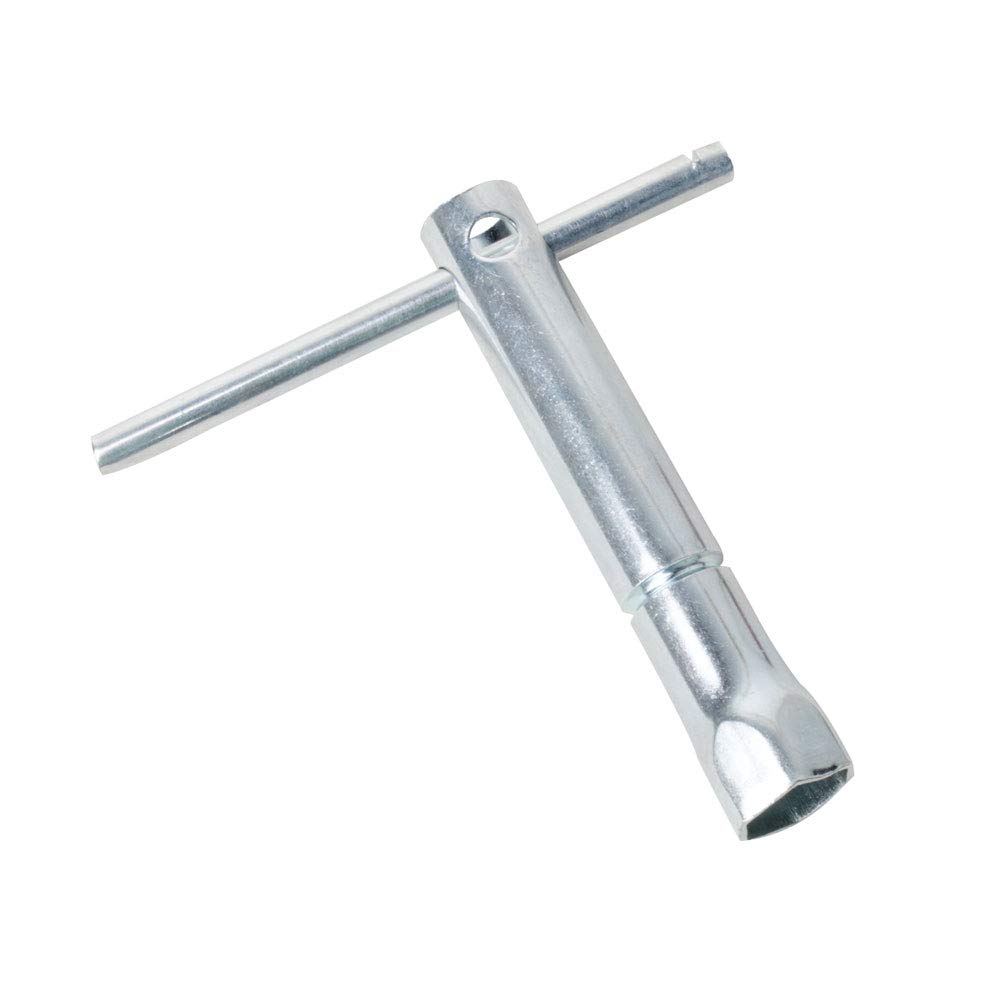 Common Mistakes to Avoid
Common Mistakes to Avoid
Using a spark plug wrench seems straightforward, but errors can happen. These mistakes might harm your engine or spark plug. Let’s review the most common issues and how to avoid them:
1. Using the Wrong Wrench Size
Using an incompatible wrench can damage the spark plug. Always match the wrench to the plug size.
2. Over-Tightening the Spark Plug
Over-tightening may strip the threads or break the plug. Tighten only until snug and secure.
3. Ignoring Engine Cool Down
Working on a hot engine risks burns and parts damage. Wait for the engine to cool.
4. Skipping Area Cleaning
Debris around spark plugs can enter the engine. Always clean the area before removing them.
5. Dropping the Spark Plug
Dropping can crack or damage the plug. Use a magnetic or rubber-grip wrench for security.
6. Incorrect Socket Seating
Failing to fully seat the wrench can slip and damage threads. Align it properly before turning.
7. Overlooking Spark Plug Inspection
Installing a faulty plug leads to engine issues. Inspect each plug for wear or cracks.
8. Not Replacing the Spark Plug Gasket
Reusing an old gasket can cause leaks or poor performance. Always replace it when required.
9. Using Excess Force
Applying too much force during removal or installation can damage the spark plug or engine threads.
10. Neglecting Tool Maintenance
A damaged wrench might slip or fail. Regularly inspect the wrench for wear or damage.
Avoiding these common mistakes ensures safe and efficient vehicle maintenance. Proper wrench usage saves time, effort, and costly repairs.
Recommended Wrenches for Different Vehicles
Choosing the right spark plug wrench depends on your vehicle type. Different vehicles have unique needs for spark plug maintenance. Let’s look at the recommended wrenches for various vehicle types:
1. Cars and SUVs
- Socket Spark Plug Wrench: Most cars and SUVs use standard spark plugs. A deep socket wrench with a rubber or magnetic grip is ideal. It ensures a secure fit and prevents damage.
- Ratcheting Wrench: For tight engine compartments, a ratcheting spark plug wrench saves time and effort.
2. Motorcycles and ATVs
- T-Handle Spark Plug Wrench: Motorcycles and ATVs often have hard-to-reach spark plugs. A T-handle design offers better leverage and reach.
- Universal Joint Wrench: For angled spark plug positions, a universal joint wrench provides greater maneuverability.
3. Trucks
- Heavy-Duty Socket Wrench: Trucks typically require a durable wrench due to the larger spark plug sizes. A heavy-duty socket wrench ensures reliability.
- Magnetic Spark Plug Wrench: The magnetic insert reduces the risk of dropping spark plugs during installation or removal.
4. Lawn Mowers and Small Engines
- Adjustable Spark Plug Wrench: Small engines in lawn mowers or generators use compact plugs. An adjustable wrench fits various sizes.
- Simple Socket Wrench: A basic socket wrench works effectively for occasional small engine maintenance.
5. High-Performance or Sports Vehicles
- Specialized Socket Wrench: High-performance cars may have unique spark plug designs. Use manufacturer-recommended wrenches for a perfect fit.
Matching the wrench to your vehicle type enhances efficiency and safety. Always consider your engine’s design and spark plug sizes when making a choice.
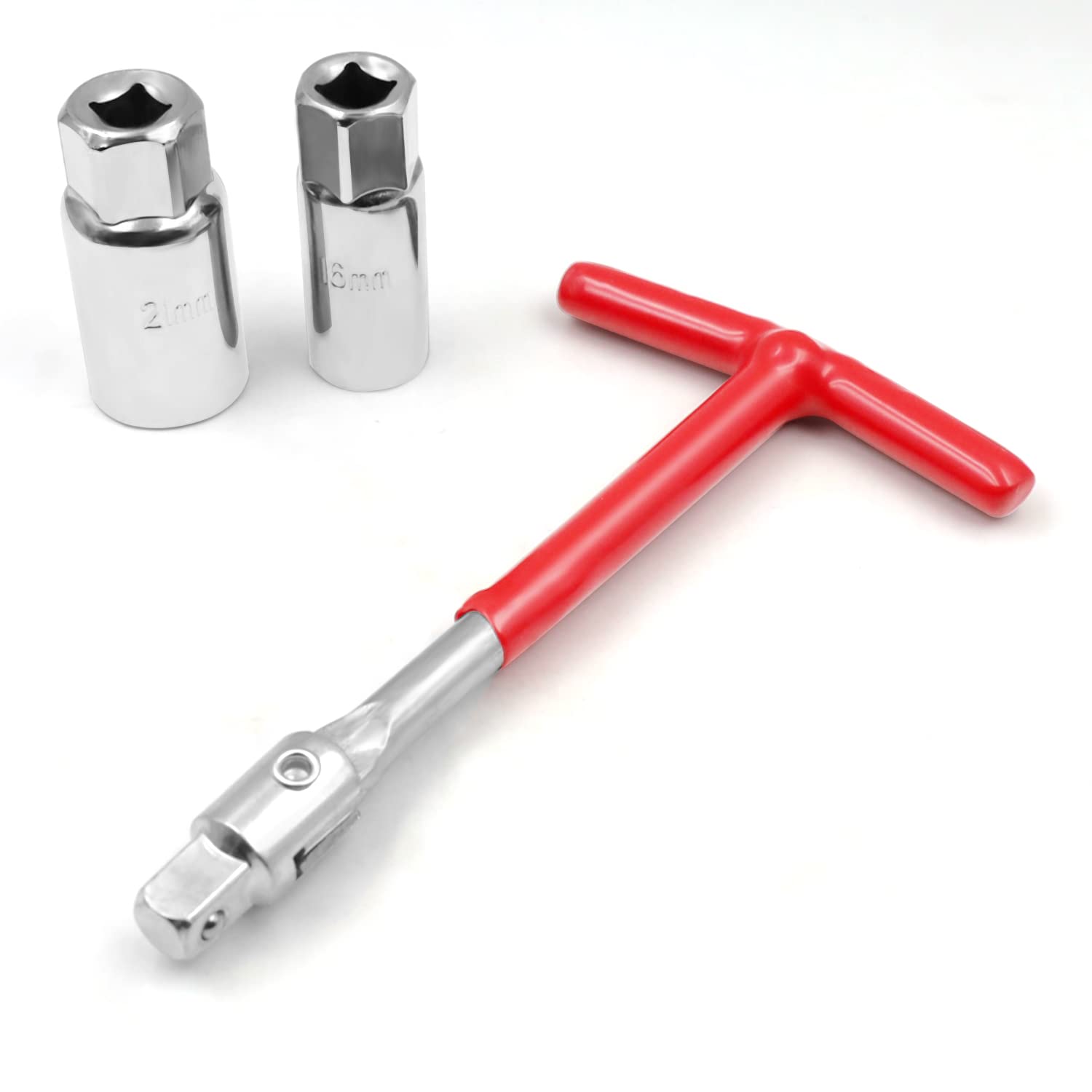 How to Maintain and Store
How to Maintain and Store
Proper maintenance and storage of your wrench ensure its longevity and performance. Follow these essential tips:
1. Clean After Each Use
- Wipe off dirt, grease, and debris after using the wrench.
- Use a clean cloth or a mild solvent if needed.
2. Inspect for Damage
- Check the wrench for cracks, bends, or worn-out components.
- Replace damaged parts to avoid tool failure during use.
3. Lubricate Moving Parts
- Apply a thin layer of lubricant to any ratcheting mechanisms or joints.
- This prevents rust and ensures smooth operation.
4. Store in a Dry Place
- Keep the wrench in a moisture-free environment to avoid rust.
- Use a toolbox or protective case for added safety.
5. Avoid Overloading the Wrench
- Do not misuse the wrench for tasks it is not designed for.
- Follow proper usage guidelines for the specific type.
6. Organize with Other Tools
- Store the wrench with your other vehicle maintenance tools.
- Label or separate it for quick, easy access.
7. Periodically Sharpen and Calibrate
- Some types, like adjustable wrenches, may need calibration for accurate fitting.
- Check periodically to maintain performance.
Maintaining your wrench ensures safe, efficient usage and extends its lifespan.
 Troubleshooting Issues
Troubleshooting Issues
Even with the right spark plug wrench, problems can occur. Knowing how to troubleshoot common issues makes maintenance smoother. Here are some key problems and solutions:
1. Wrench Slipping from the Spark Plug
- Cause: A worn socket or incorrect wrench size.
- Solution: Replace the socket or use the correct-sized wrench. Ensure a snug fit around the spark plug.
2. Difficulty Loosening the Spark Plug
- Cause: Spark plug is over-tightened or corroded.
- Solution: Apply penetrating oil to loosen corrosion. Use steady force, not excessive pressure.
3. Wrench Stuck on the Spark Plug
- Cause: Improper alignment or debris in the socket.
- Solution: Gently wiggle the wrench to free it. Clean the socket before retrying.
4. Ratchet Mechanism Jamming
- Cause: Lack of lubrication or worn ratchet parts.
- Solution: Lubricate the ratchet mechanism and inspect for damage. Replace if necessary.
5. Magnetic Insert Losing Grip
- Cause: Weak or damaged magnet inside the wrench.
- Solution: Replace the magnetic insert or use a rubber-grip socket for better hold.
6. Wrench Bending or Breaking
- Cause: Excessive force or a poor-quality tool.
- Solution: Use a stronger, high-quality wrench. Avoid applying excessive force.
7. Spark Plug Cross-Threading
- Cause: Uneven alignment during installation.
- Solution: Hand-thread the spark plug before tightening with the wrench.
8. Error with Adjustable Wrench Fitting
- Cause: Improper calibration or loose adjustment.
- Solution: Re-calibrate the adjustable wrench and ensure a firm grip.
9. Damage to Spark Plug Threads
- Cause: Over-tightening or improper tool handling.
- Solution: Avoid excessive tightening. Use a torque wrench for precise application.
10. Tool Slipping When Wet
- Cause: Hands or wrench handle become slippery.
- Solution: Use a wrench with a rubber grip or dry your hands properly.
By addressing these common issues, you can ensure safe and effective use of your wrench. Always work carefully and inspect your tools regularly.
Conclusion
In conclusion, a spark plug wrench is an essential tool for any vehicle owner committed to maintaining engine performance and longevity. By understanding its importance, choosing the right wrench, and mastering its use, you can ensure your engine runs smoothly and efficiently. Investing in a high-quality spark plug wrench not only enhances your maintenance routine but also provides peace of mind, knowing that you have the right tool for the job. Whether you’re a seasoned mechanic or a DIY enthusiast, the right spark plug wrench can make a significant difference in your vehicle’s health and your overall maintenance experience. Equip yourself with this indispensable tool and take your automotive care to the next level.
